Related Content

TESTED: KTM’S 2019 MX RANGE
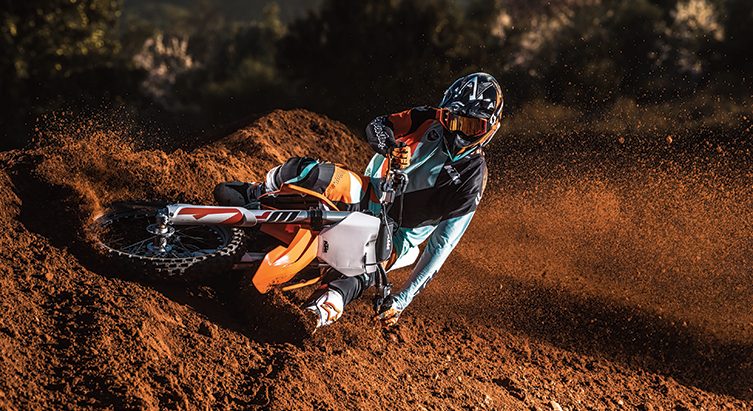
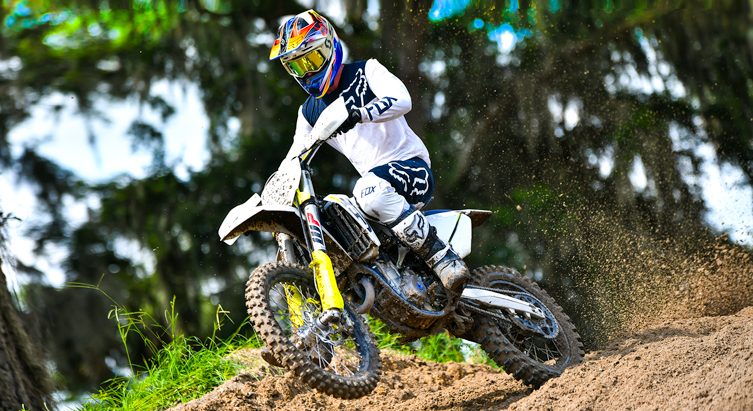
Having seen the first images of Husqvarna’s 2019 MX machines three weeks ago, you may have caught yourself thinking you’d already clapped eyes on these “revolutionary” 2019-model machines. That’s because the first time we saw this new bodywork, frame, engine, and swingarm from Husqvarna was in December last year, when the first ever ‘Rockstar Edition’ FC450 was unveiled. But with only 500 of these landmark 450cc machines manufactured and sold (and only in the USA), the recent media launch for the 2019 motocrossers in Florida was the first time the rest of us got the opportunity to eyeball these bikes in the flesh and, more importantly, throw a leg over all five of them – two-strokes and four.
So, would we say these 2019 Husqvarnas are refined or reinvented? Do they simply mirror the updates we already saw when KTM launched their 2019 MX range a month ago? Or has Husqvarna taken a further step in the “design divergence” direction for 2019; a step away from their orange cousins that roll off the same production line in Austria?

We’ll go into more detail in the coming weeks – and again when we get to ride the bikes again on Aussie soil later in the year – but to help put these 2019 bikes in context for the time being, here’s a top-line insight into how the 2019 machines have changed – in terns of both their componentry, performance and overall character.
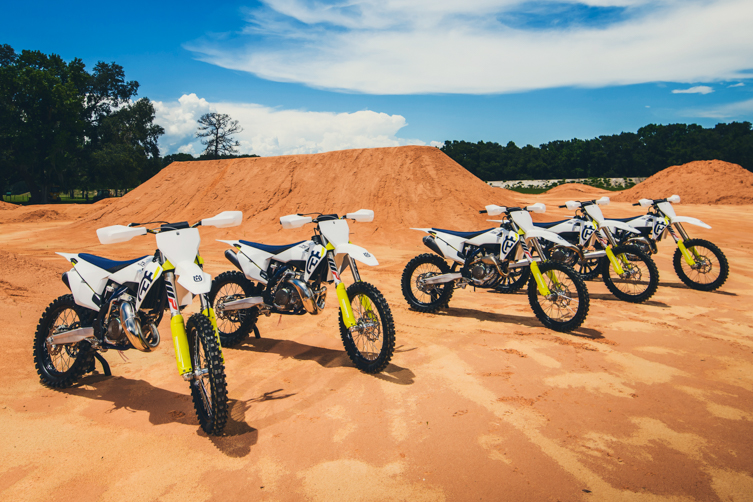
Husqvarna’s last “new-generation” motocross machines appeared in 2016. Every model in that 2016 range (except the TC250) came with completely new frames, suspension, engines and bodywork, and significant weight savings. Since then, Husky hasn’t made any major updates to their MX models. Sure, they fitted WP’s AER air fork across the range in 2016, and introduced a completely new TC250 two-stroke in 2017 (featuring the all-new powerplant, with a counter-balancer). But beyond that, the mods since 2016 have all been refinements. Which makes sense because, when you think about it, Husqvarna hasn’t exactly been on the back foot. Thanks to Zach Osborne, the brand has claimed the AMA 250MX East Championship in 2017 and 2018, while Jason Anderson made history for Husqvarna earlier this year by capturing the most coveted prize in the sport, the AMA 450SX Championship, for the first time since the brand’s inception in 1903.
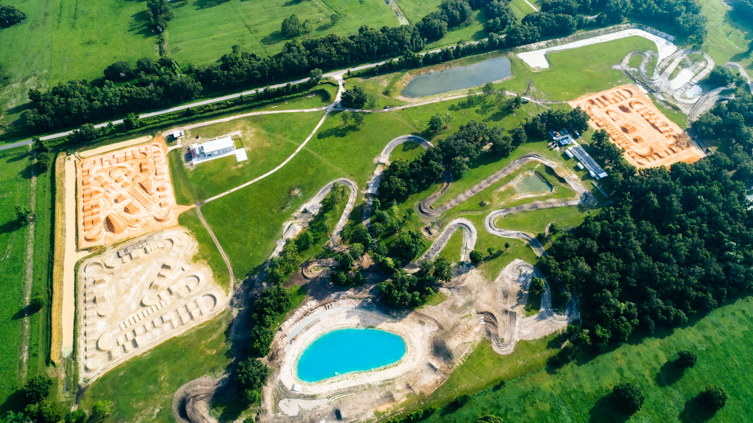
Husqvarna is renowned for putting on incredible international media launches for their bikes, but this one was extra special. Test riders from around the globe had the unique opportunity to test these new machines at the infamous Baker’s Factory compound, owned and operated by Aldon Baker – the man behind more AMA Supercross and Motocross Championships in the past decade than any other trainer.
We were lucky enough to have access to one of the two outdoor motocross tracks on the facility to test Husky’s new range.
So, how was it? Well, surprising quietly tricky. Although the dark loamy Florida dirt looked amazing and held together, it was quite a difficult track to test on compared with the firmer ground we’re used to riding back home in Australia. The track was rough straight off the bat. The bumps coming into corners were big. The ruts were deep. And the bottomless sand kept us on our toes all day. No wonder the likes of Pro riders, Marvin Musquin and Zach Osborne (who regularly train at the facility) are world-class!
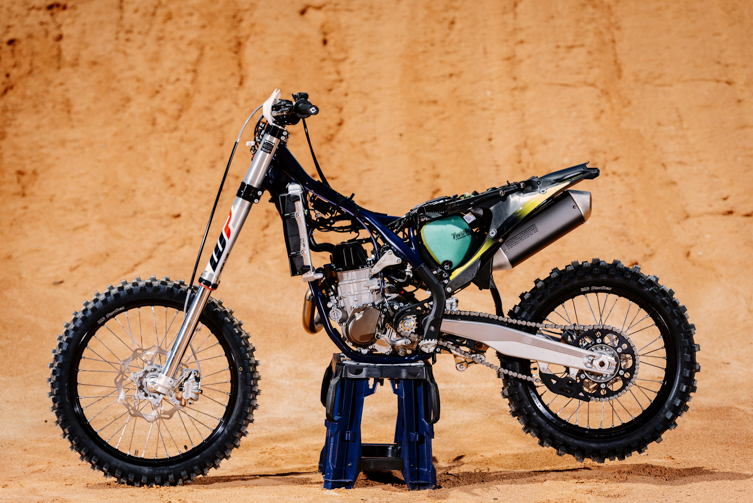
For 2019, Husqvarna has followed their recent trend of working in conjunction with their sister company, KTM, in developing their motocross range. But although these 2019 machines still share the KTM’s broad platform, they are more than just “white KTMs”. Firstly, the bodywork and ergos are completely different across the entire five-bike range. Husqvarna’s design team focused on creating more surface area at the contact points between rider and machine, and this has definitely paid off. Compared with their predecessors, the 2019 bikes’ bodywork makes them noticeably more rideable. They give you a better sense of connection with the bike, whether sitting or standing, and they make moving around in the saddle something you don’t even have to think about. The other major departure from the KTM is the all-new carbon-composite, two-piece subframe. Sure, the 2019 Huskys still share the same chromoly main frame with their KTM equivalents, but this composite work-of-art has been completely redesigned for 2019.
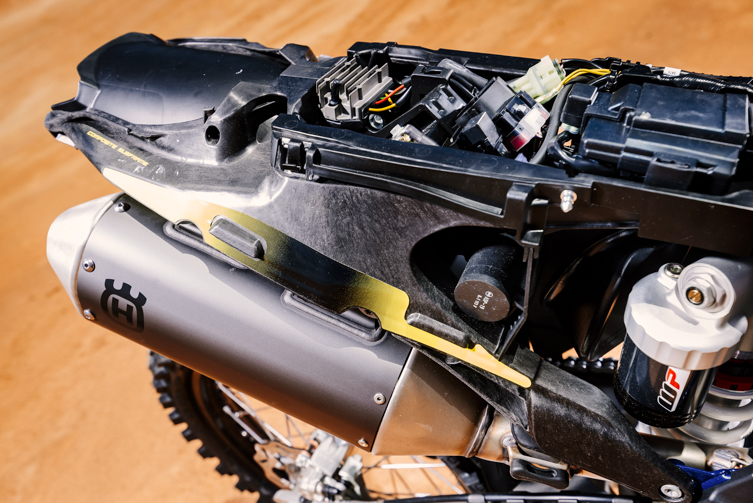
Aside from being stronger, 250 grams lighter and slightly longer, the 2019 subframe and seat give the Husky’s cockpit a noticeably different feel than a KTM’s. Plus it houses an airbox whose shape differs from the KTMs, which in turn subtly affects the way each model delivers its power. Also different from KTM is the fact that Husqvarna still doesn’t offer a 150cc two-stroke in their motocross line-up for 2019. Which is a bummer because for a weekend warrior who’s all about having fun – rather than racing in a 125cc class – a TC150 would be the perfect addition to the garage.
But enough about how these Huskys differ from their KTM couterparts. Let’s focus on how they actually ride…
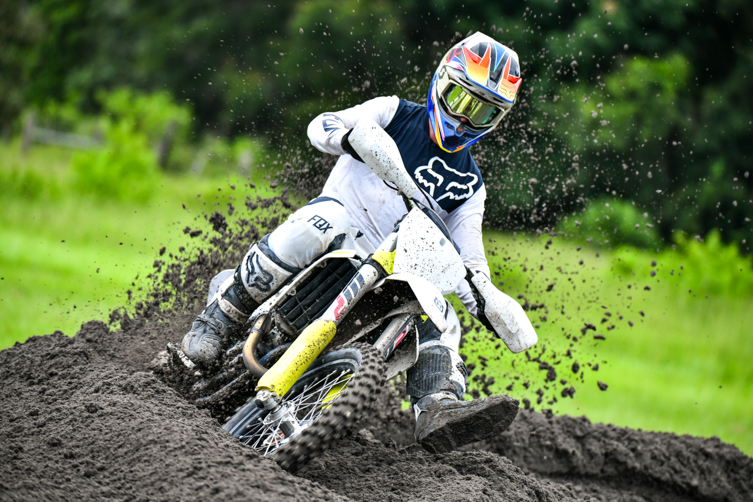
For 2019, Husqvarna focused bigtime on making these new machines more rideable, whether that’s for the average weekend warrior or seasoned Pro racer. Did they pull it off? In short, yes. We think they hit the nail on the head. Every model, from the TC125 right up to the FC450, has a very linear, controllable powerplant, and a handling package that gives the rider a great sense of control and feel for what the bike is doing beneath them. If you believe the brochure, this is primarily the byproduct of the torsionally stiffer 2019 frame (10-15%, depending on the model), but we reckon it’s the result of the combination of the new frame and several other changes – the all-new lightweight two-piece subframe (which replaces the three-piece unit on the 2018 machines); the engine updates that lower the centre of gravity; the slimmer, more streamlined bodywork; and the new seat, which is 10mm lower. Collectively, these mods give the rider the ability the move around the cockpit with more ease – whether gripping the bikes with your knees while standing, cornering without getting your leg caught up on the radiator shrouds, or sliding off the back of the seat through a set of rollers without feeling restricted by large and uneven sideplates. That all adds up to an incredible sense of comfort and a snag-free effortlessness when it comes to moving around on the bike. Even if you’re not as fit as a fiddle, you can still ride one of these 2019 machines on a beat-up track for an extended period of time without feeling overly fatigued.
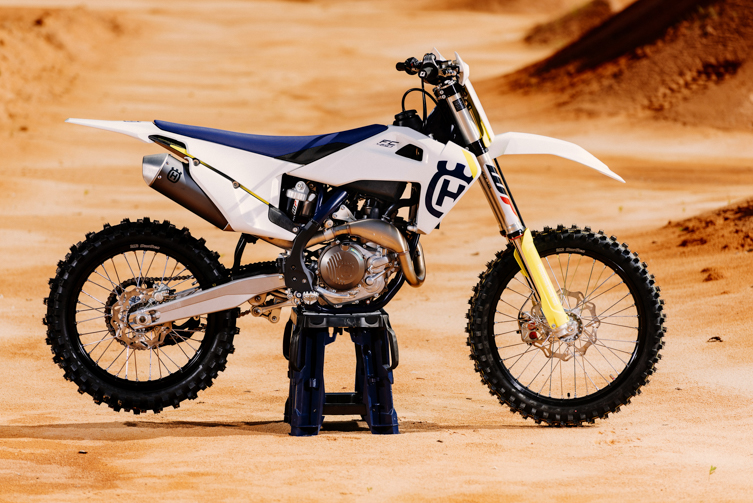
The 2019 FC250 and FC350 may have a new exhaust, clutch and transmission, and revised EMS (Engine Management System), throttle body and electrics, but on the track they don’t feel much different to their predecessors in the power delivery department – which is not an issue because these machines already pump out the class-leading power figures. Plus, with more efficient cooling systems for 2019, the high-revving 250 and 350 should be less susceptible to performance fade when the going gets tough in wet or sandy conditions.
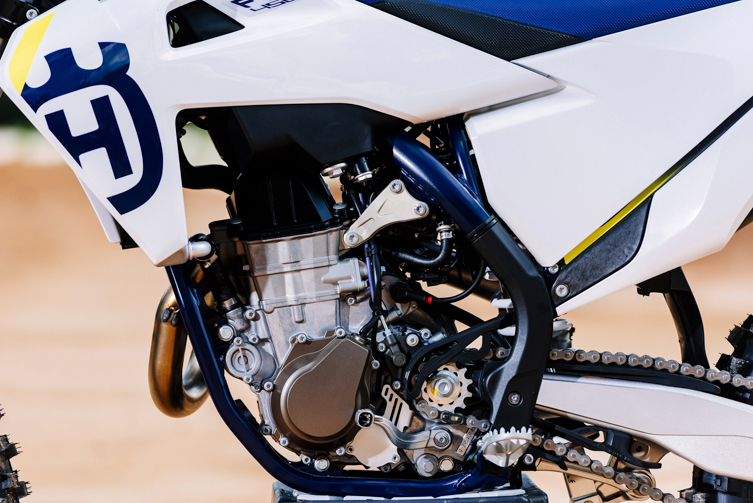
The 2019 FC450’s performance gains are more apparent. In addition to the mods to airbox, exhaust and mapping, the headlining change for the 450’s engine (whose completely redesigned cylinder head is, incredibly, 50mm shorter than its predecessor) has given this already impressive powerplant broader power and better throttle response, especially at lower revs. But it remains amazingly forgiving and user-friendly. Combined with the weight savings (a 550g reduction in the cylinder head alone) and mass centralisation, the 2019 FC450 also seems to have taken the biggest step forward when it comes to agility. Weighing in at just 101kg (that’s with fluids, but no fuel), it’s only 1kg heavier than the 2019 FC350. And to put that in perspective, the other 450cc motocross bikes (KTM aside, that is) are between 4 and 9kg heavier than the FC450, despite the fact a few of them don’t have an electric start (which generally adds 2-3kg).
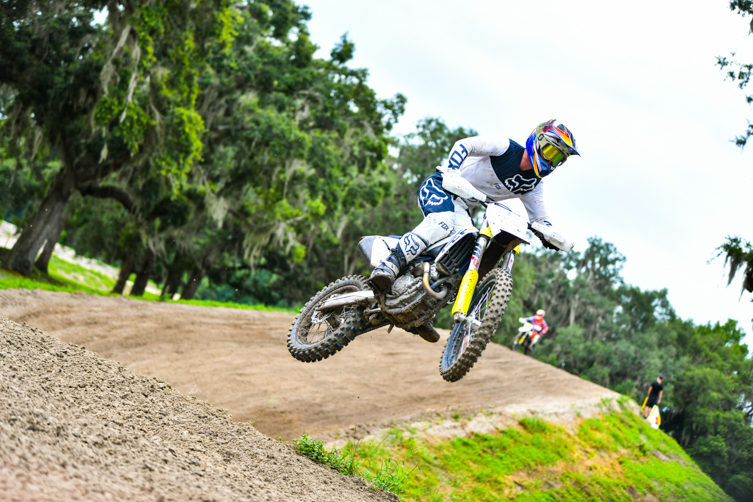
Did I have favourite four-stroke in Husky’s 2019 range? Well, I found it impossible to look past the FC350. The FC350 is only 500g heavier than the FC250, but still lighter than most other 250Fs on the market. It’s got more bottom-end than the FC250 when you needed it to pull out of a boggy corner, and it’s more playful than the FC450. That’s not to say the 450 was a struggle to ride, by any means; it was just a bit too much bike for a Clubman-level rider to be able to confidently throw around. And over the course of a 30-minute moto, the 450 is noticeably less forgiving than the 350.
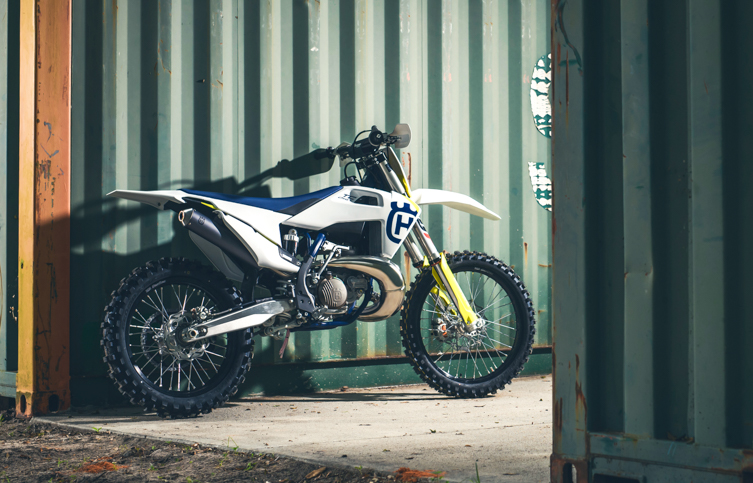
Husqvarna’s TC125 (like the KTM 125SX) has been the standout in the small-bore two-stroke class for years, and the sweeping mods made back in 2016 model extended that advantage. For 2019, the revisions to the airbox, inlet tract, expansion chamber and jetting have combined to make the 125’s power meatier and broader. Meanwhile, the new DS (Diaphragm Steel) clutch still give you that super-direct feel of the conventional six-spring clutch previously used, but by saving more than 300g, it helps give Husky’s 2019 two-stroke engines noticeably more throttle response. Also, the new Pankl transmission for 2019 makes for smoother shifts, plus, according to Husqvarna, improved durability.
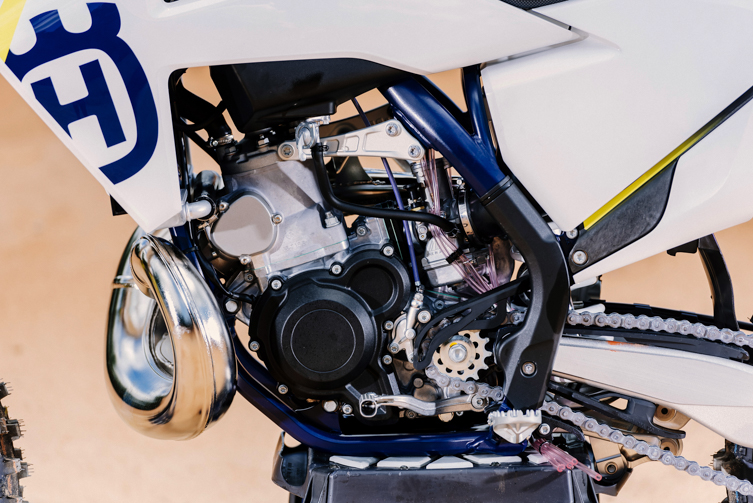
With the 2019 TC250 receiving similar mods – in particular, the exhaust system’s all-new expansion chamber with an oval cross-section – it also generates noticeably more power than its predecessor, with a majority of those gains felt at lower revs. Also worth mentioning is the fact that the TC250’s expansion chamber (which is more compact and hugs the frame and engine tighter) gives it more clearance when the bike’s leaned over through deep ruts.
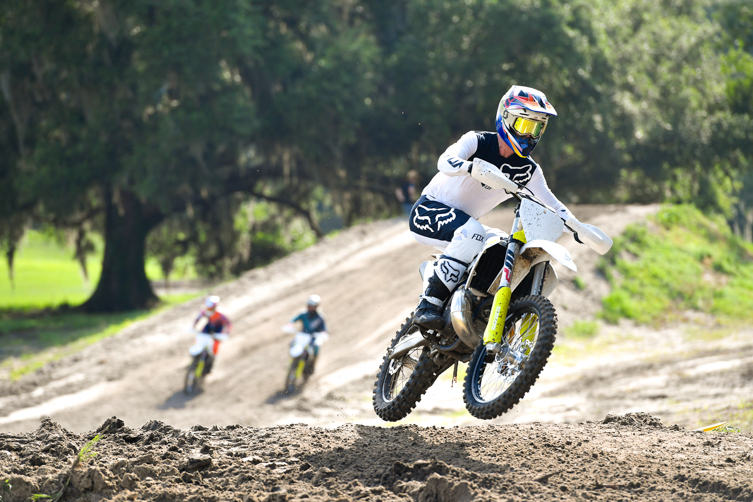
I had a favourite four banger, but did I have favourite two-stroke? Sure did! As much as everyone loves reliving their youth on a 125, the TC250 was my pick of the bunch on the day. It’s just so versatile. It doesn’t have to be ridden hard for it to be a load of fun. Yeah, it’s got more than enough power when you twist the throttle, but with the addition of the counter-balancer and reworked engine characteristics for 2019, the power is just so smooth and linear and refined. It doesn’t want to jump out of your hands like 250cc two-strokes of years past did. To my mind, Husqvarna has really nailed this bike. And we’re stoked to see the brand constantly pushing the boundaries with two-stroke development.
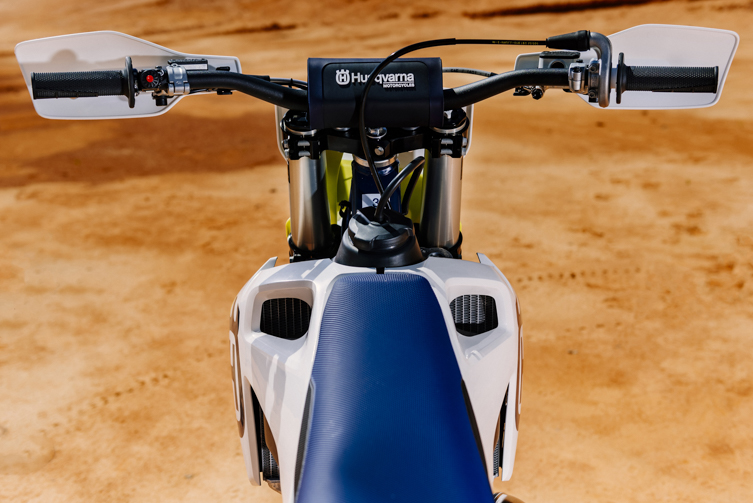
Husqvarnas are known for coming out of the box with a range of high-quality componentry, designed to save you from forking out extra cash for aftermarket bits and pieces. And here are few of our favourite components:
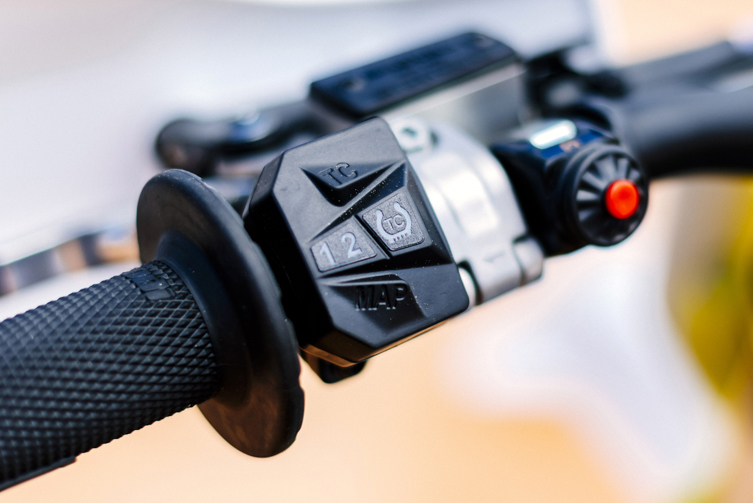
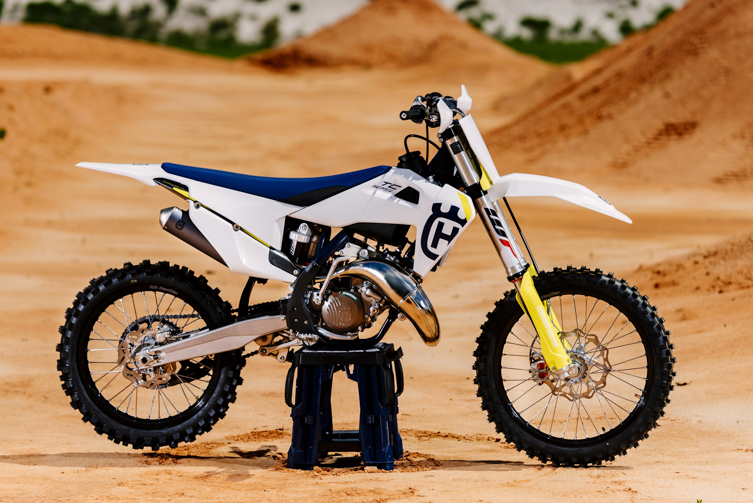
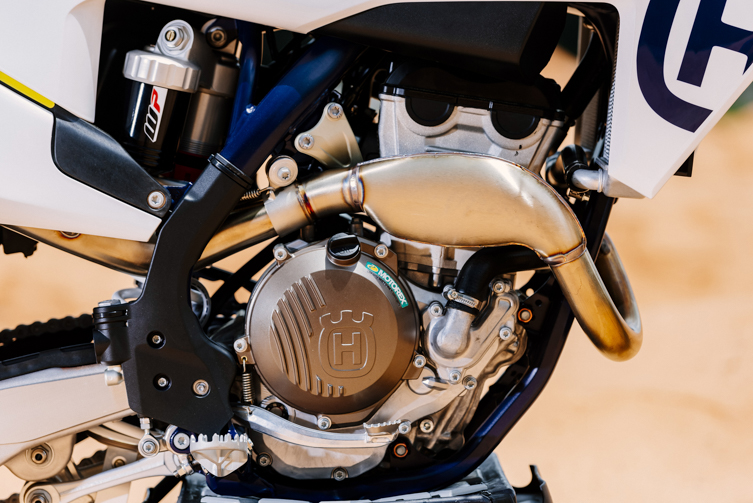
It’s clear that Husqvarna’s design team is more immersed in the detail than most, and it really shows in the quality of finish these machines boast. Here are a few standout examples of what we mean:
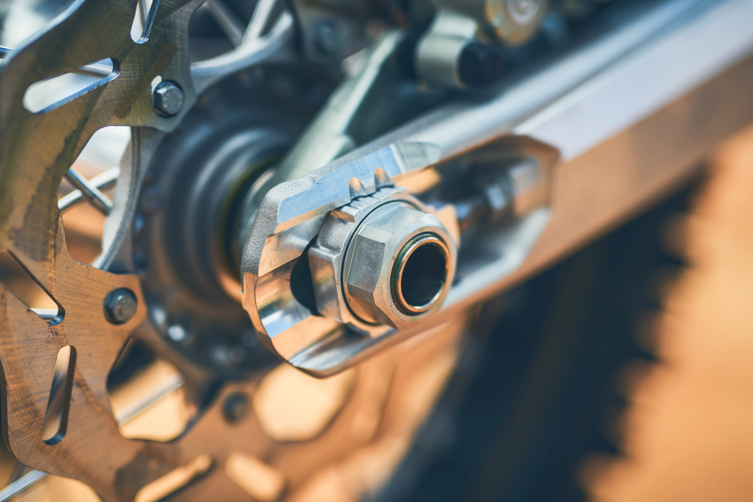
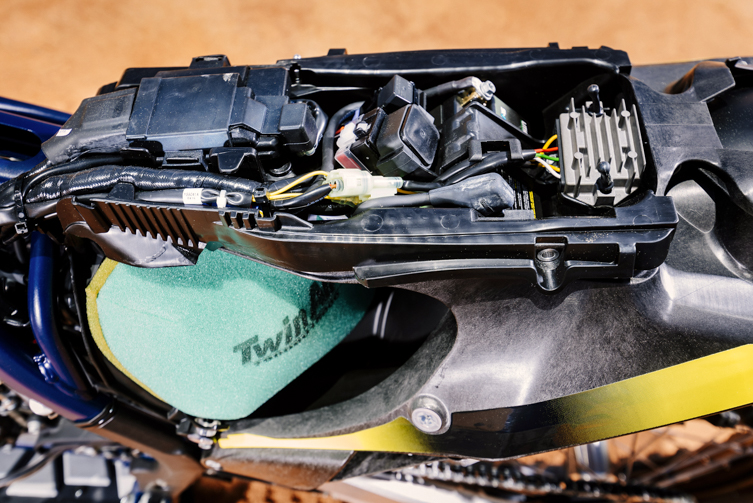
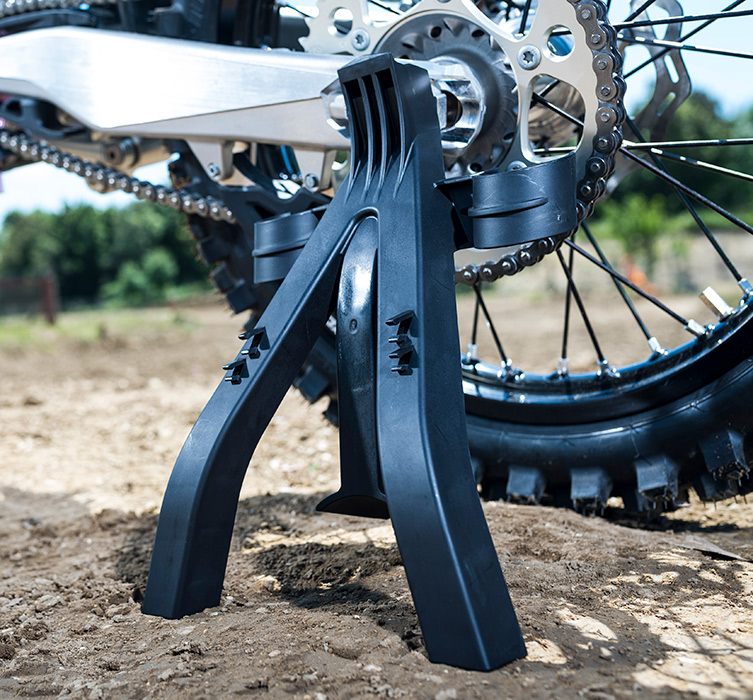
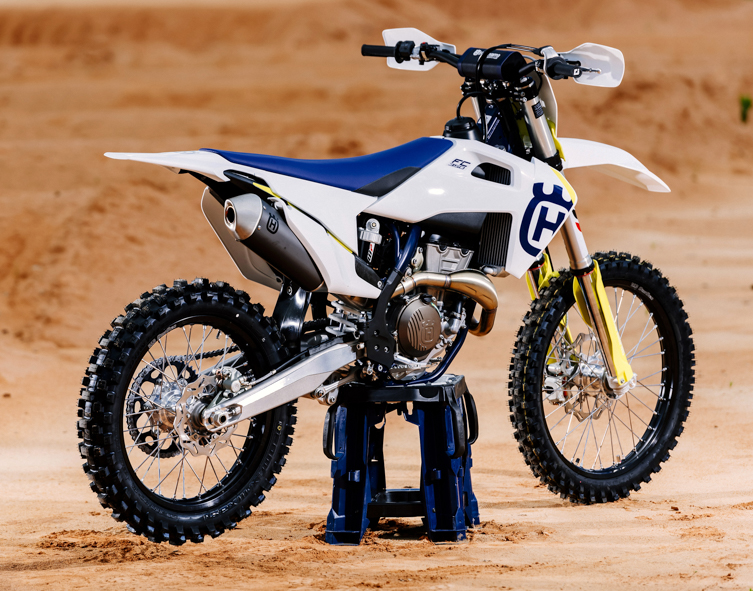
For detailed information about the model-specific mods made to Husqvarna’s 2019 MX machines, go to www.husqvarnamotorcycles.com.au. And stay tuned to Transmoto’s website over the coming weeks, when we’ll offer more detailed insights in the 2019 bikes’ performance.
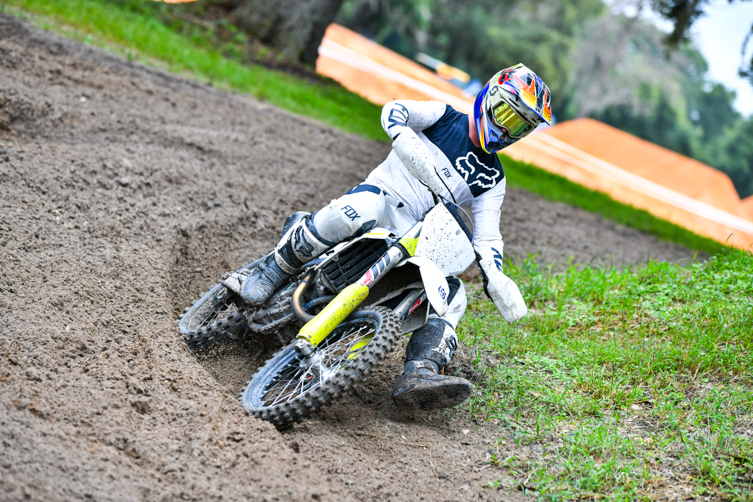
Be the first to comment...